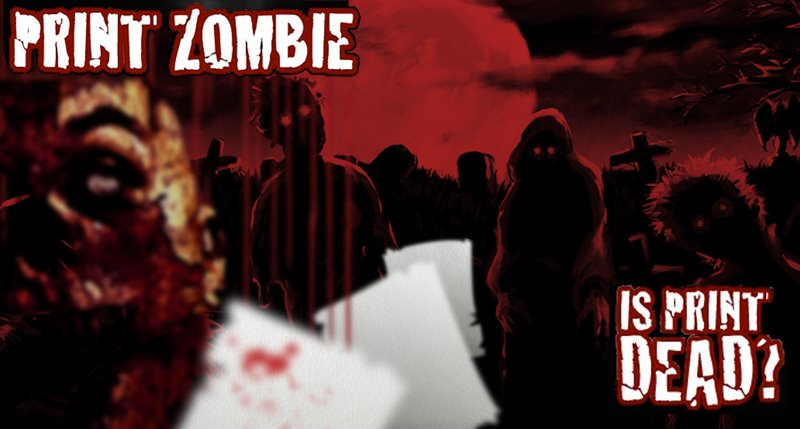These are some of the toughest colors to match in any four-color proofing and printing systems.
GRAYS
Reproducing four-color images successfully requires simultaneous control of:
Tone Reproduction - to render tonal gradations.
Desired Colors - often flesh tones or product colors.
Gray Balance - to produce a neutral from CMY inks.
When adjustments are made to CMY inks to optimize tone reproduction or desired colors, gray balance will shift. For example, if magenta is added to print warmer flesh tones, gray balance will shift noticeably. Even a slight change in any one of the three color inks will be very visible in neutral gray areas. This is why most process control bars include gray strips or patches.
PASTELS and LIGHT SCREEN TINTS
Color shifts are more apparent in near-neutrals than in saturated colors. The human eye is more sensitive to color changes in light areas. What the eye sees in light areas is mostly paper vs. ink, so the appearance of the image can be heavily influenced by characteristics such as paper color, brightness, finish, and fluorescence. The effect of paper base is so important that it can be considered a fifth color. In addition, a 4% highlight dot doubles in size if it grows by 4% due to process variability, which has greater visual impact than a 4% change in a 70% dot.
PURPLES / VIOLETS
Rich, vibrant purples are notoriously tough to match and, in some cases, they may be outside the gamut of colors achievable using CMYK. Purples are reddish-blues. A slight shift toward either red or blue has a strong effect on final color. These hues are very sensitive to viewing conditions, appearing redder under warm light and bluer under cool light. COBALT BLUE and PANTONE REFLEX BLUE contain red components, and these colors cannot be matched using CMYK.
ORANGES and GREENS
Some pure shades of orange and green are also a challenge for process color reproduction. If these colors are critical to your image, talk to your printer, who may advise you to use spot colors, 6-color Pantone Hexachrome, or 7-color hi-fi printing.
METALLIC and FLUORESCENT COLORS
Some metallic colors, especially gold (jewelry, gold lamé fabric), are simply impossible to match using CMYK. Some gemstones such as emeralds and garnets, also fall outside the gamut of 4-color process printing. Special metallic or fluorescent inks should be used.
HALF OF ALL PANTONE® PMS COLORS
Pantone offers a solid-to-process guide that shows CMYK values which simulate the appearance of PMS colors printed with special premixed inks. Pantone cautions that less than half these 1,089 colors can be matched successfully. There are practical reasons why CMYK derivations of spot colors are prone to mismatch. They are very visible, often covering a large area as screen tints, and you have an original PMS color patch for direct comparison. Fortunately, it is increasingly practical to use premixed spot color inks. Presses with more than 4 stations are readily available, and the Kodak Approval digital halftone proofing system can accurately proof Pantone colors, including metallic and fluorescent colors.
.jpg)
No comments:
Post a Comment